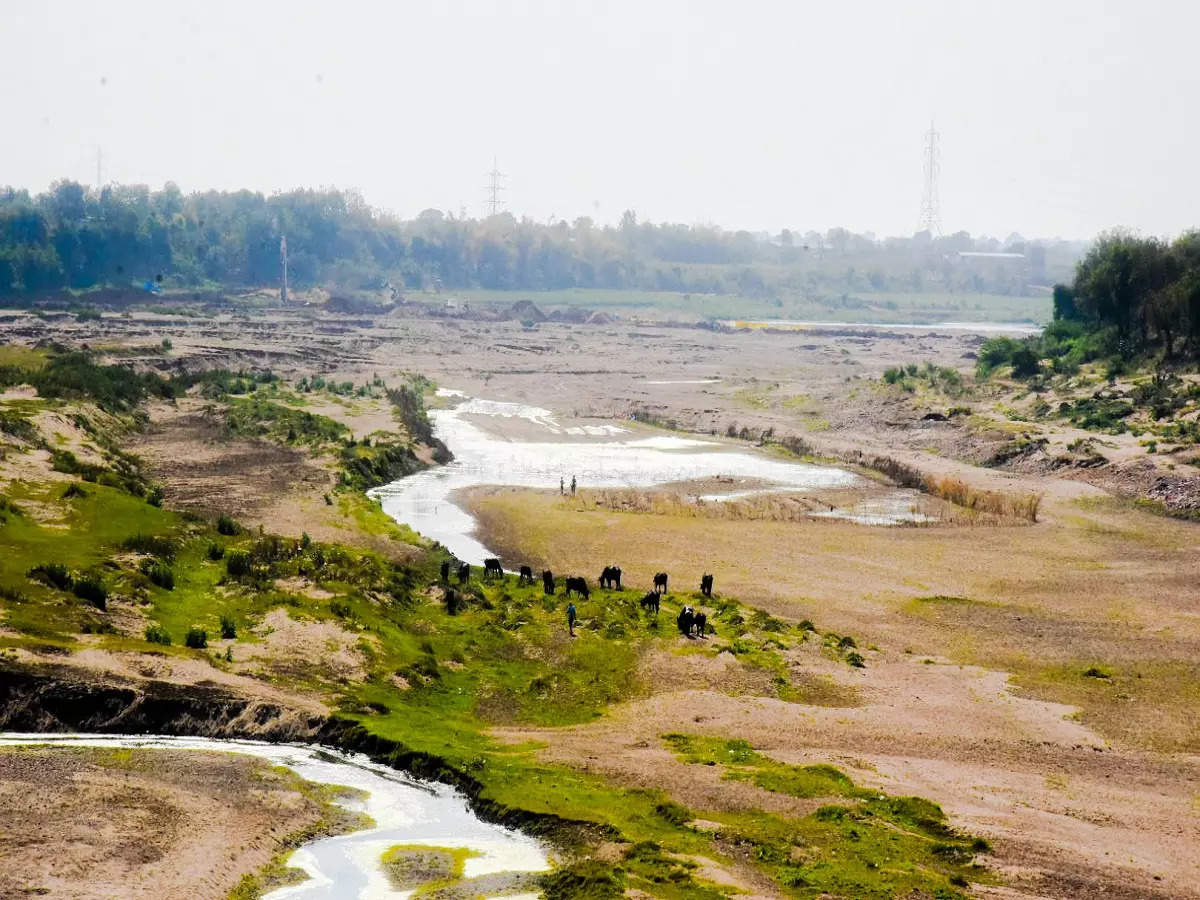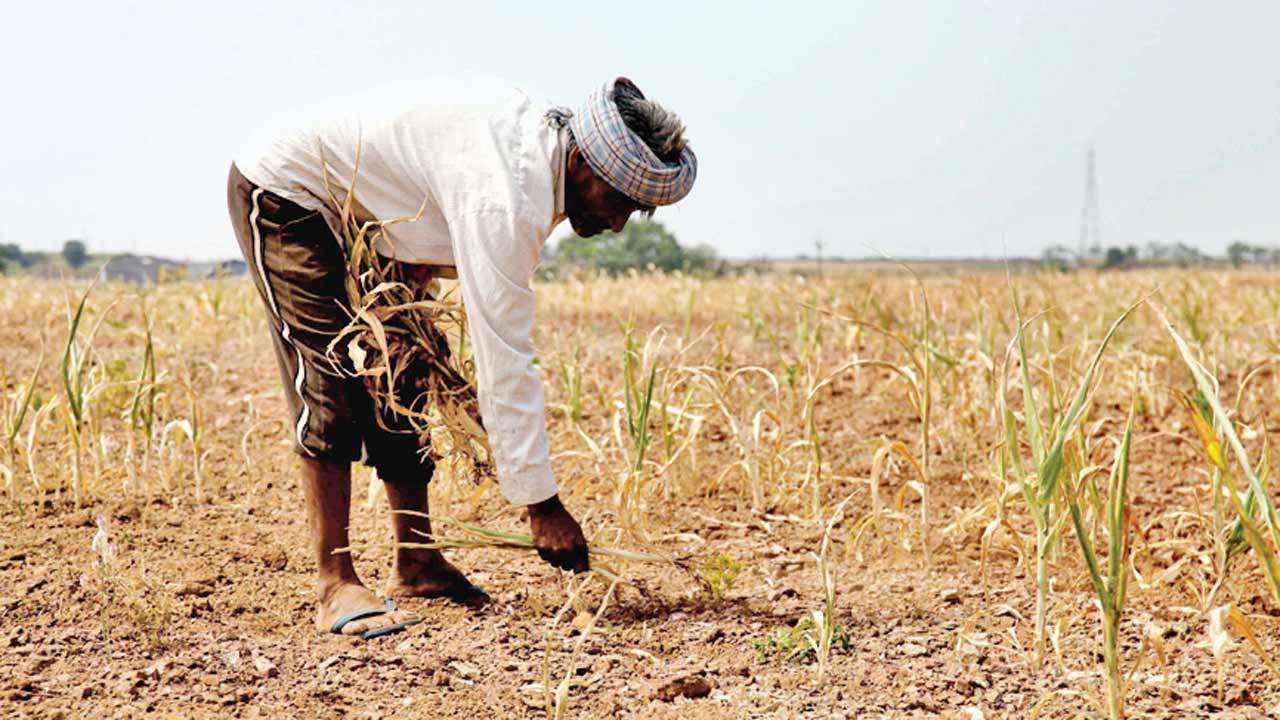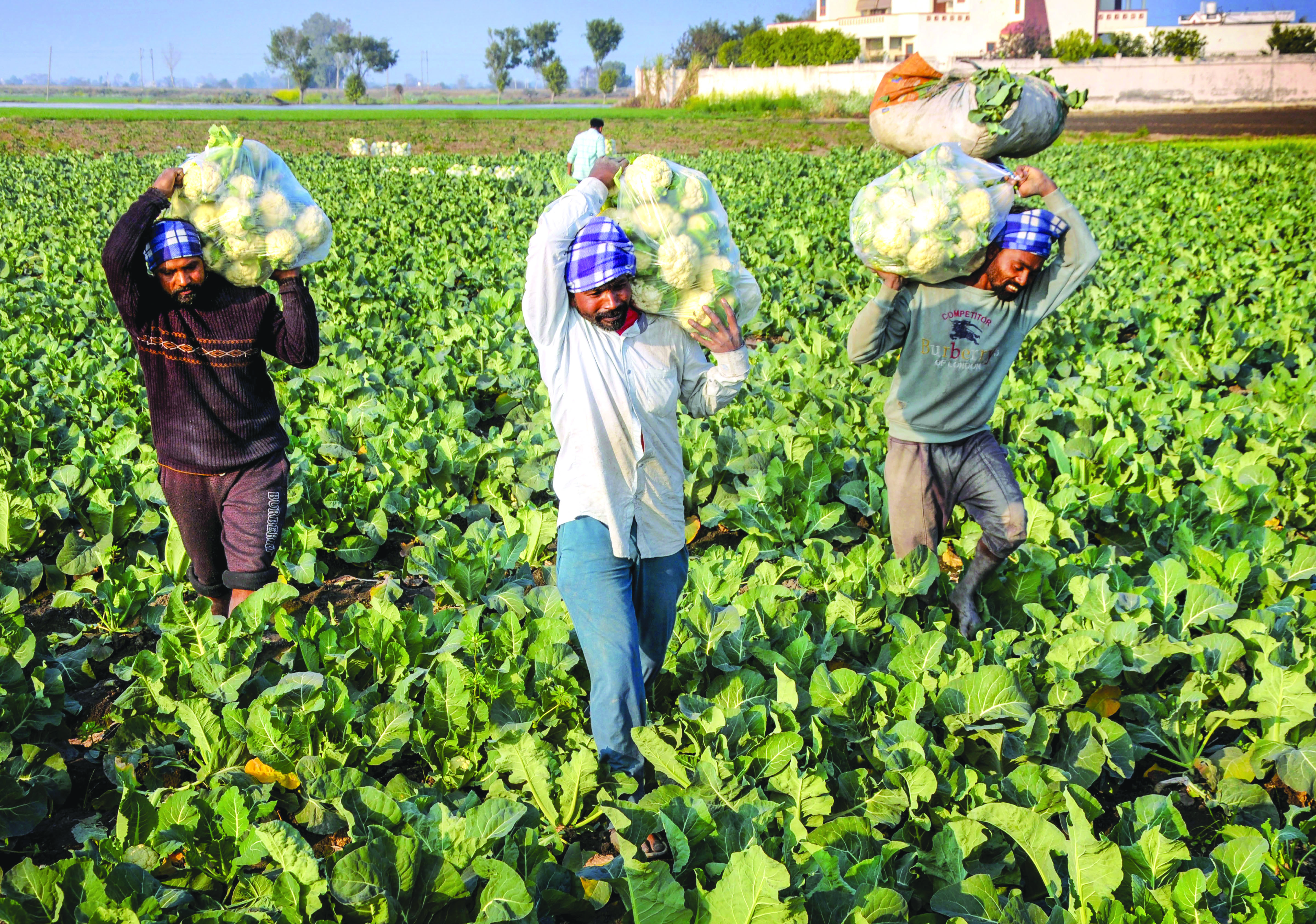Delayed monsoon can impact inflation; expect FY24 CPI at 5.2 pc: Deutsche Bank
Delayed monsoon can impact inflation

In agrarian nations like India, the onset and development of the monsoon season are extremely important to the economy. For agricultural production, food security, and general economic stability, the monsoon must arrive on schedule and produce an adequate amount of rain. Any changes to the monsoon pattern might have a significant impact, especially on inflation. A new research from the renowned international financial institution Deutsche Bank highlights the possible effects of a postponed monsoon on India’s inflationary patterns. Their study indicates that the delayed monsoon may cause inflation to spike significantly, with the anticipated Consumer Price Index (CPI) for the fiscal year 2024 being 5.2 percent.

Understanding the Monsoon and its Importance:
In India, the monsoon season usually spans from June to September, refilling groundwater levels, rivers, and reservoirs. Given that agriculture still accounts for a sizeable chunk of India’s GDP and employs a sizeable section of the people, this rainfall is essential for agricultural cultivation. Good crop yields, stable food prices, and an increase in rural incomes are all ensured by timely and enough monsoon rains. On the other hand, a weak or delayed monsoon can cause decreased agricultural production, a breakdown in the supply chain, and a rise in food costs.

Delayed Monsoon and Inflationary Pressure:
A delayed monsoon can increase inflationary pressures, according to the Deutsche Bank research. Low crop yields, a decrease in the amount of food available, and higher production costs for farmers are all effects of insufficient rainfall. As a result, food costs frequently increase, having an effect on both urban and rural customers. Food products have a significant weight in the CPI basket, thus any increase in food costs tends to drive up the inflation rate overall. Furthermore, indirect effects of a delayed monsoon might be felt by non-food goods. Increased production costs for farmers, such as greater irrigation expenditures and the requirement for alternative water sources, can result in higher input costs for sectors that depend on agricultural commodities. The pricing of different goods and services are eventually impacted by the inflationary pressure that is spread throughout the supply chain.

Deutsche Bank’s Projections:
According to a research by Deutsche Bank, India may experience inflationary pressures if the monsoon is delayed and produces insufficient rainfall in the forthcoming fiscal year (FY24). Their forecasts indicate that the Consumer Price Index (CPI) would be 5.2 percent in FY24. This estimate accounts for the possible effects of a postponed monsoon on food costs, agricultural production, and general inflation trends. The paper further emphasises that the impact of a delayed monsoon on inflation does not manifest right away but rather develops gradually. As agricultural output is disrupted, the dynamics of supply and demand for different commodities change, which causes prices to gradually rise. The overall inflation rate for the fiscal year may be impacted by this inflationary pressure even after the monsoon season.

Impact on Economic Growth:
The sluggish monsoon and the ensuing inflationary pressures may potentially have an impact on India’s economic expansion. Higher inflation weakens the purchasing power of consumers and lowers their available income, which might stifle expenditure. This can therefore have a negative impact on a number of economic sectors, including retail, hotel, and consumer products. Reduced consumer demand may hinder economic development and make it more difficult for the economy as a whole to recover.
Additionally, the agricultural industry, which is very dependent on the monsoon, makes a considerable contribution to employment and revenue in rural areas. Reduced rural income from a delayed monsoon and decreased agricultural output may have a negative impact on rural investment and consumption. Other economic sectors may be impacted, which may change the direction of total growth.

Importance of Monsoon Forecasting:
The ability of farmers and businesses to prepare for potential disruptions depends critically on accurate and early monsoon predictions. To give early alerts and accurate forecasts concerning monsoon patterns, meteorological authorities and research organisations should keep developing their forecasting models. Informed judgements on crop selection, irrigation techniques, and risk management techniques may be made by farmers with the use of this knowledge. It enables decision-makers to put appropriate measures in place to lessen the effects of a delayed monsoon.

Climate Change and Monsoon Variability:
The reliability and predictability of the monsoon are also put under further stress by shifting climatic trends. Rainfall during the monsoon season may become more variable and unpredictable due to climate change in its intensity, duration, and geographical distribution. The typical monsoon cycle may be disrupted by rising global temperatures and shifting weather patterns, which may result in protracted dry periods or intense rainfall events. The necessity for adaptable methods, robust farming techniques, and long-term planning to lessen the possible effects of a shifting monsoon pattern on inflation and economic stability is further highlighted by these climate-related concerns.

Certainly! To expand on this subject, contemplate the following points:
Policy Implications and Mitigation Strategies:
The conclusions of the Deutsche Bank analysis emphasize the need for preventative actions to lessen the possibility that a delayed monsoon may have an inflationary effect. The following initiatives should be prioritized by government authorities in coordination with agricultural and financial institutions:
- Strengthening Irrigation Infrastructure: By assuring availability to water for agricultural use, irrigation infrastructure including canals, reservoirs, and water management strategies can help lessen the effects of insufficient rainfall.
- Crop Diversification and Technology Adoption: Farmers’ susceptibility to monsoon fluctuations can be reduced by encouraging them to grow a variety of crops and to use climate-resilient technology. Even under difficult circumstances, production may be increased by promoting techniques like precision agriculture, effective water management, and the adoption of hybrid or drought-resistant crop types.
- Price Stabilization Measures: Imposing efficient price stabilization measures, such as building up buffer stockpiles, controlling imports and exports, and assisting farmers, can help maintain food prices and lessen inflationary pressures.
- Monetary Policy Interventions: To control inflation expectations, central banks might modify their monetary policies. Monetary authorities can attempt to preserve price stability despite any possible inflationary pressures by monitoring inflation trends and implementing appropriate actions, such as interest rate changes and liquidity management.
Conclusion:
The monsoon season is critical in determining the trends in Indian inflation, according to the Deutsche Bank analysis. On agricultural production, food prices, and general inflation, a delayed monsoon can have negative effects. Even if the expected CPI for FY24 of 5.2 percent suggests possible inflationary pressures, preventive steps might assist lessen the impact. India can work to maintain price stability and economic resilience even in the face of a delayed monsoon by focusing on strengthening irrigation infrastructure, promoting crop diversification and technological advancements, enacting price stabilization measures, and adopting suitable monetary policy interventions.

It is impossible to ignore the potential effects of a delayed monsoon on inflation and economic expansion. The report by Deutsche Bank, which forecasts a Consumer Price Index of 5.2% for FY24, emphasizes how crucial timely and adequate rainfall is to agricultural production, food costs, and general inflationary tendencies. Proactive steps, such as bolstering irrigation infrastructure, encouraging crop diversification and technical improvements, putting in place price stabilization measures, and adopting relevant monetary policy interventions are essential to addressing the problems brought on by a delayed monsoon. For long-term sustainability and economic resilience in the face of monsoon unpredictability, effective monsoon forecasting and tackling climate change-related concerns are essential.




